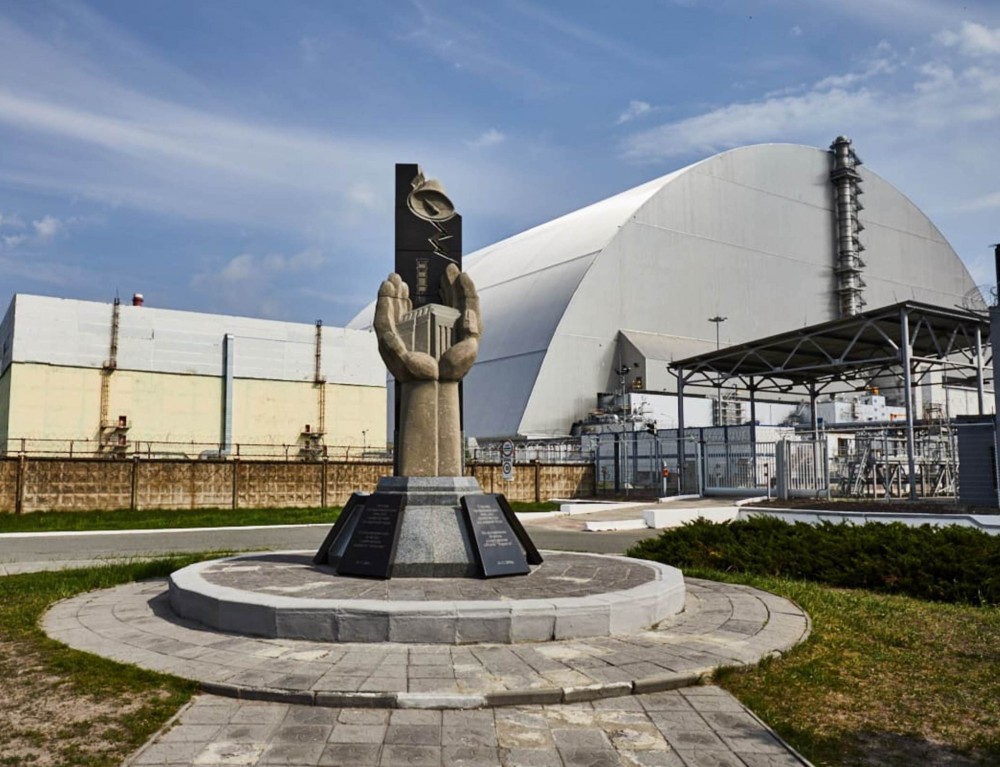
This study focuses on nuclear tourism, which flourished a decade ago in the Exclusion Zone, a regimented area around the Chornobyl Nuclear Power Plant (Ukraine) established in 1986, where the largest recorded nuclear explosion in human history occurred. The mass pilgrimage movement transformed the place into an open air museum, a space that preserves the remnants of Soviet culture, revealing human tragedies of displacement and deaths, and the nature of state nuclear power. This study examines the impact of the site on its visitors and the motivations for their persistence and activities in the Zone, and argues that through photography, cartography, exploration, and discovery, the pilgrims attempt to decode the historical and ideological meaning of Chornobyl and its significance for future generations. Ultimately, the aesthetic and political space of the Zone helps them establish a conceptual and mnemonic connection between the Soviet past and Ukraine’s present and future. Their practices, in turn, help maintain the Zone’s spatial and epistemological continuity. Importantly, Chornobyl seems to be polysemic in nature, inviting interpretations and shaping people’s national and intellectual identities.
Source: Bertelsen O. (2018). Chornobyl as an Open Air Museum: A Polysemic Exploration of Power and Inner Self. Kyiv-Mohyla Humanities Journal. №5: 1-36
Source web-site: http://kmhj.ukma.edu.ua/article/view/150381/149524
Number of views: 2870